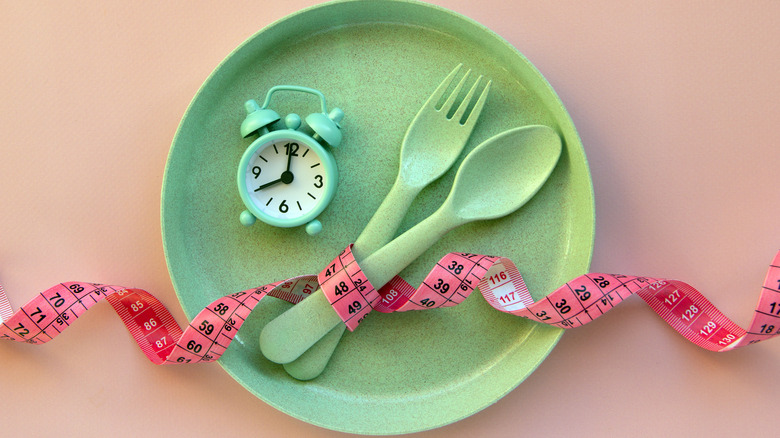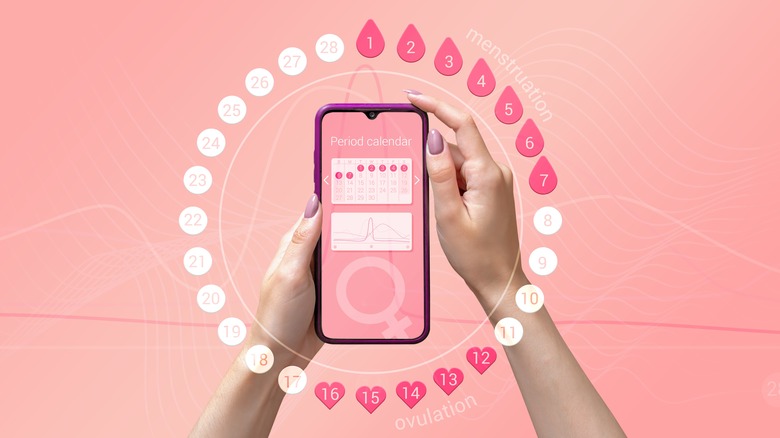What Is The Crescendo Fasting Method?
Intermittent fasting allows you to eat what you want (in moderation, of course), but it restricts the times you eat. The logic is that you can lose weight by consuming fewer calories during those eating windows. Some intermittent fasting practices might include 16-hour fasts every day, or two non-consecutive days of fasting with limited or no food. People enjoy the simplicity of intermittent fasting as well as reduced time in the kitchen.
According to a 2019 article in Nutrients, intermittent fasting can reduce the risk of cardiovascular disease when the body turns to fat for energy. It can also reduce blood pressure. Alternate-day fasting, which opts for 24-hour fasts for some days while eating normally on other days, can improve your insulin and glucose levels, according to a 2015 article in the Journal of the Academy of Nutrition and Dietetics.
However, women might respond differently than men to intermittent fasting. According to a 2005 article in Obesity Research, women's glucose levels were impaired as a result of alternate-day fasting. Although the studies were conducted on mice, some types of intermittent fasting can disrupt the reproductive cycle, according to a 2021 review in Diabetes, Obesity and Metabolism. Therefore, women might do better adopting the crescendo method, which is a 12- to 16-hour fast on non-consecutive days.
Why you might need crescendo fasting
Women's menstrual cycles mean that on certain days of the month, the body requires more carbohydrates to support the hormonal changes. The week before you expect your period might not be best for fasting. Otherwise, you'll fast for 12 to 16 hours for two or three nonconsecutive days a week. On those days, your exercise regimen might need to be reduced to yoga or stretching. You'll also need to drink plenty of calorie-free fluids.
Crescendo fasting might be best for active people because it allows you to properly fuel your workouts, according to Shape. That way, you can schedule your fasting days on days you don't work out. However, if you're on an intense training regimen, you might want to skip any type of intermittent fasting because you'll sacrifice your performance. Your body needs fuel so you don't hit the wall before your workout, and your post-workout fuel will help optimize recovery.
Men out there might want to stay away from intermittent fasting. A 2022 review in Nutrients found that intermittent fasting can decrease androgen levels, which might affect men's libido, muscle building, and metabolism.
How intermittent fasting might affect you
Although crescendo fasting restricts your eating to a specific time window two days a week, modified fasting might have you significantly restrict your calories to 20% to 25% of your daily energy needs on those two fasting days. That might mean eating just 400 to 600 calories on those days. According to the 2015 article in the Journal of the Academy of Nutrition and Dietetics, these modified fasts might help you lose weight, but they have less effect on your glucose and insulin levels.
However, if you're prone to snacking throughout the day, intermittent fasting might help curb your habit. Rather than reach for a bag of chips, you might opt for a glass of water or calorie-free tea. That way, you could also meet your hydration needs while staving off hunger. Besides, drinking water when you think you're hungry might help you pay closer attention to your levels of hunger.
The 2019 article in Nutrients said that intermittent fasting is not best if you have hormonal imbalances, diabetes, or are pregnant or breastfeeding. Although intermittent fasting can be safe for people with cancer, more research is needed to determine whether it can prevent cancer beyond its weight-loss potential, according to a 2021 review in CA: A Cancer Journal for Clinicians.



